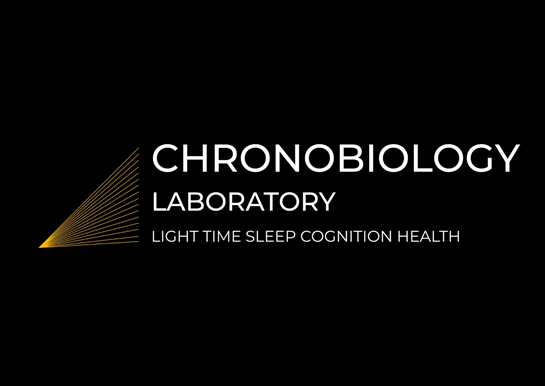
Collaborators
-

Izmir Institute of Technology
-

Kwame Nkrumah University of Science and Technology
-

Scienterra Ltd
-

Sunsense
-

sglux GmbH
-

University Hospital, RWTH Aachen University
Collaborator details
Member of the Chronobiology Laboratory research group, Altug Didikoglu is an Assistant Professor in the Department of Neuroscience at the Izmir Institute of Technology in Turkey. As a neuroscientist with a focus on sleep and circadian biology, his research explores how biological, environmental, and social factors influence biological rythms across lifespan - from development to aging. With a particular interest in understanding the impact of light exposure in real-world environments, he aims to unceover the role of light in shaping our circadian health and well-being.
Member of CIE’s JTC 20, Altug Didikoglu reached out to project MeLiDos, offering to collaborate in various aspects relating to the project’s activities related to light exposure measurements in the field and subsequent analysis.
Contact person: Altug Didikoglu
Involved researcher: Sema Nur Aydin
Collaborator details
Kwame Nkrumah University of Science and Technology (KNUST) is globally recognized as the premier center of excellence in research and teaching in Africa. Located in Kumasi (capital of the Ashanti Region of Ghana), KNUST produces exceptional graduates with expertise and knowledge to support the industrial and socio-economic development of Ghana and Africa.
Within the College of Science, the Department of Optometry and Visual Science has research teams focusing on various aspects of ophthalmic public health, low vision, refractive error development, binocular vision and vision science. Dr. Kwadwo Owusu Akuffo’s lab focuses on understanding the role of macular pigment in eye and brain health and cuts across the fields of ophthalmic epidemiology and environmental vision.
His collaboration with project MeLiDos results from the paucity research on personal light exposure characteristics, their effect on ocular health in Africa, and the challenges of securing measurement devices for clinical and field studies. Our expectation is to strengthen existing relationships, build capacity and mentorship, and expand collaborative activities to advance healthcare in sub-Saharan Africa.
Contact person: Dr. Kwadwo Owusu Akuffo
Involved researcher: Gabriel Kwaku Agbeshie
Collaborator details
Scienterra Ltd performs research and product development for scientific applications. Since 2010, Scienterra has provided thousands of research-grade UV dosimeters for hundreds of studies worldwide.
Scienterra was invited to collaborate with project MeLiDos to share our experience as an equipment supplier and innovator, and to provide our latest light-loggers for evaluation. We hope that our experience will help determine how to best measure personal exposure to harmful radiation.
Contact person: Zim Sherman
Collaborator details
sglux, founded in 2003, is a team of scientists, engineers and production, quality & logistics professionals. Together we have over 140 years of experience in the field of development, production and calibration of UV measuring components. We are united by the passion to produce simply good UV sensors – since a couple of years we do this in our own building in Berlin-Adlershof, Germany’s biggest science and technology park.
Contact person: Niklas Papathanasiou
Collaborator details
SunSense is a private limited company located in Mandal, Norway. We have a high-quality management team, advisory board and board with extensive experience from pharma, healthcare, electronics/ICT and finance. The portable UV-tracker Sunsense was invented to allow people to enjoy the sun safely, while minimizing the risk of serious diseases such as skin cancer and to maximize the benefits of being in the sun.
Approached by project MeLiDos members to characterize the Sunsense device, Sunsense founder Åsulv Tønnesland agreed to share his experience on UV dosimetry and help facilitate the characterization efforts.
Contact person: Åsulv Tønnesland
Collaborator details
At the University Hospital of the RWTH Aachen University, the Institute for Occupational, Social and Environmental Medicine studies the prevention of organisational risk factors, which are held responsible for the development of work-related stress, as well as illnesses or accidents at the workplace. Intervention measures for the health protection of the employees start in the working environment (structural prevention), in order to minimize the risk exposure. Lighting is one of the main environmental factors in workplaces and therefore is a primary field of study for the Institute.
Dr. Jan-Frieder Harmsen was already planning light dosimetry measurements similar to the ones we are doing in the MeLidos project when he came to know of the project’s endeavours. He then offered to use early versions of the tools and guidance developed in the project to provide additional data and feedback.
Contact person: Jan-Frieder Harmsen


